Are you a dentist or orthodontist looking to boost your online presence and attract more local clients? If so, optimizing your dental website for local SEO success is the key. By implementing effective strategies that specifically target your local audience, you can drive more traffic to your website, increase your online visibility, and ultimately, attract more patients. In this article, we will explore the importance of local SEO for dentists and orthodontists, and provide valuable tips to help you optimize your dental website for maximum success. Stay tuned to discover how you can leverage local SEO to grow your dental practice.
Optimizing dental websites for local SEO success
When it comes to dental websites, optimizing for local SEO is crucial for attracting and retaining local patients. In this article, we’ll explore the various strategies and techniques that can help you optimize your dental website for local search engine success. From website structure to keyword optimization, on-page elements to creating high-quality content, we’ll cover it all. So, let’s dive in and discover how you can maximize your online presence and generate more local leads!
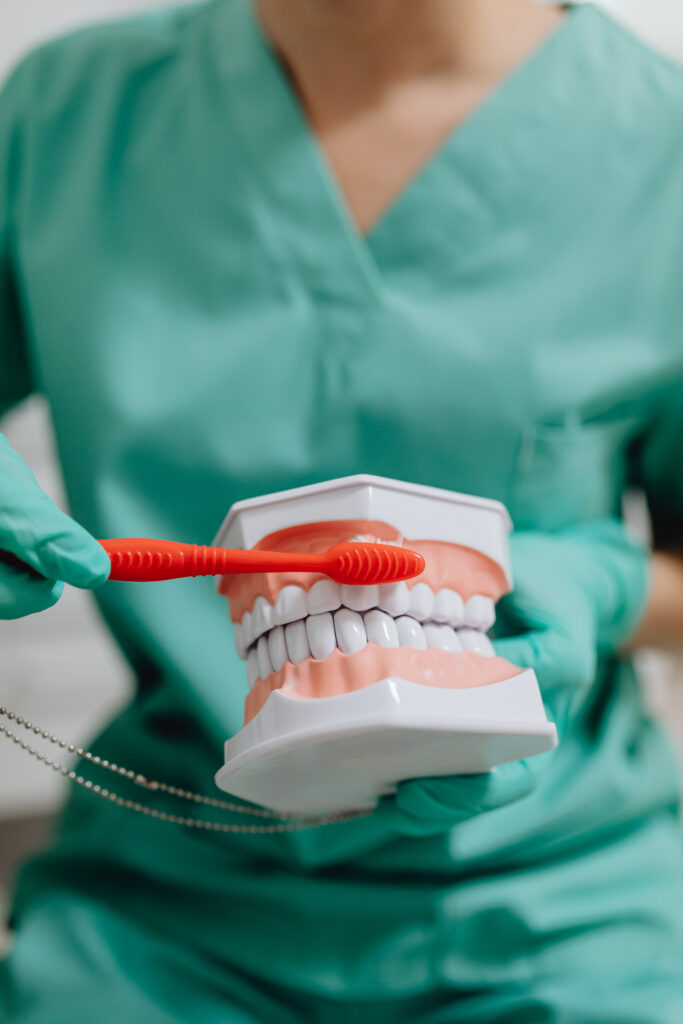
Optimizing website structure
To start optimizing your dental website for better local SEO, it’s essential to ensure that your website has a solid structure. Here are a few key aspects to focus on:
Ensure website is mobile-friendly
With mobile usage on the rise, it’s crucial to design your website with mobile users in mind. Make sure your website is mobile-friendly and responsive, adapting seamlessly to different screen sizes. This not only enhances user experience but also boosts your search engine rankings.
Implement intuitive navigation and site architecture
A well-organized and intuitive website navigation system is not only user-friendly but also helps search engines understand your website better. Implement clear menu structures, logical categories, and easy-to-understand hierarchy to make it easier for visitors and search engines to navigate your dental website.
Optimize URL structure
Optimizing your URL structure can improve both user experience and search engine visibility. Use descriptive, keyword-rich URLs that accurately represent the content of each page. This makes it easier for search engines to understand the purpose of your individual pages and establish relevance for local searches.
Use schema markup for dental-specific information
Schema markup is a structured data vocabulary that helps search engines understand the content on your website more effectively. Implement dental-specific schema markup, such as “Dentist” or “Orthodontist,” to provide search engines with additional context about your business and improve your chances of appearing in relevant local search results.
By paying attention to these website structure optimization techniques, you lay a strong foundation for enhancing your local SEO efforts.
Utilizing relevant keywords
Using relevant keywords throughout your website plays a crucial role in local SEO success. By targeting the right keywords, you can increase your visibility in local search results. Here are some key strategies to consider:
Conduct keyword research for local dental terms
Start by conducting thorough keyword research to identify the specific terms and phrases that local patients use when searching for dental services. Consider including location-specific keywords, such as the name of your city or neighborhood, to target your ideal audience effectively.
Optimize page titles and meta descriptions
Page titles and meta descriptions serve as concise summaries of the content on your webpages. Incorporate relevant keywords naturally into these elements to optimize them for local search. Craft compelling and descriptive titles and meta descriptions that encourage search engine users to click through to your website.
Incorporate keywords naturally throughout website content
While optimizing your website for local SEO, it’s important to incorporate relevant keywords naturally throughout your website content. Focus on using keywords strategically in headings, subheadings, and body text to increase your visibility in local search results.
Utilize long-tail keywords for better targeting
Long-tail keywords are longer and more specific search phrases that tend to attract highly targeted traffic. Incorporate long-tail keywords that include location-specific terms to drive traffic from users searching for dental services in your area.
By strategically utilizing relevant keywords throughout your website, you can enhance your local SEO efforts and attract more local patients to your dental practice.
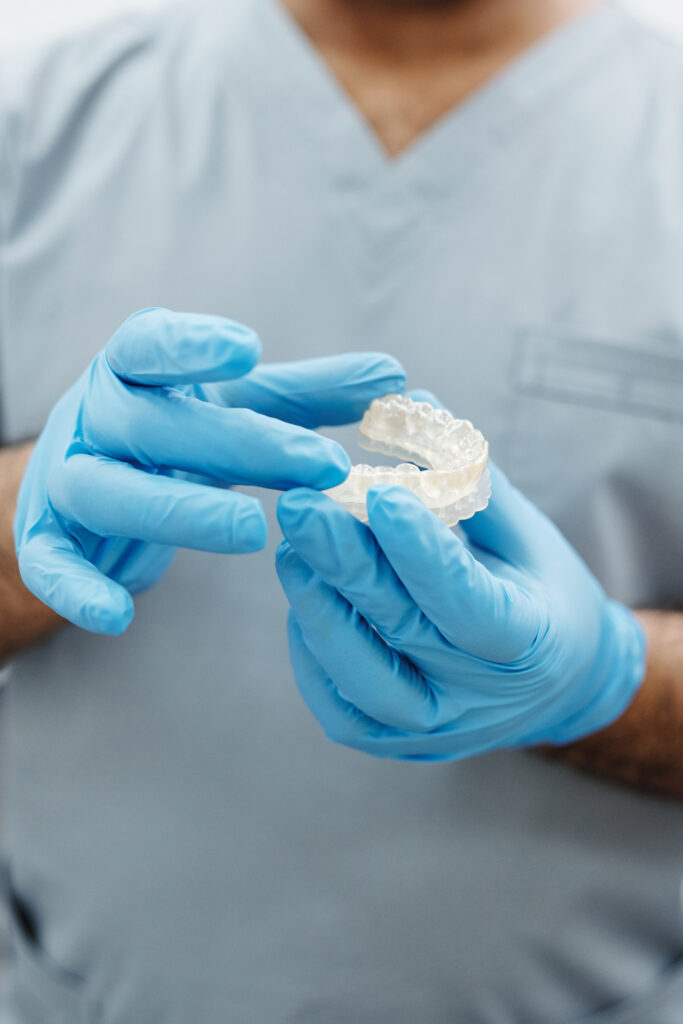
Optimizing on-page elements
Optimizing various on-page elements on your dental website can significantly impact your local search visibility. Pay attention to the following aspects:
Optimize heading tags (H1, H2, etc.)
Heading tags, such as H1, H2, and so on, are essential for structuring your content and signaling its importance to search engines. Include relevant keywords in your heading tags to help search engines understand the relevance and context of your website content.
Optimize image alt tags
Images play an important role in website design, but search engines cannot interpret them without alt tags. Optimize your image alt tags by including descriptive and keyword-rich descriptions that provide context about the image. This can help improve your website’s visibility in image search results and enhance accessibility for visually impaired users.
Utilize internal linking
Internal linking refers to linking to other pages within your website. Incorporate relevant internal links throughout your content to help search engines navigate your website and discover related pages. This not only improves the user experience but also enhances the overall SEO value of your dental website.
Optimize website footer
The website footer is often overlooked when it comes to SEO, but it presents an opportunity to include important information and keywords. Include your NAP (Name, Address, Phone number) in the footer to ensure consistency across your website and local listings. This can boost your local SEO efforts and help potential patients find and contact you easily.
By optimizing these on-page elements, you can improve the overall visibility and search engine rankings of your dental website.
Creating high-quality and localized content
High-quality and localized content is a key component of successful local SEO for dental websites. Follow these tips to create compelling content that resonates with your local audience:
Produce informative and engaging dental content
Creating informative and engaging content about dental topics can establish your expertise and credibility in the field. Publish articles, blog posts, and guides that address common dental concerns, offer tips for oral health maintenance, and address frequently asked questions. This not only positions you as a trusted authority in your industry but also encourages visitors to spend more time on your website.
Include location-specific information
To optimize your dental website for local SEO, incorporate location-specific information throughout your content. Mention your city, neighborhood, or nearby landmarks to increase your chances of appearing in local search results.
Implement dentist and patient testimonials
Dentist and patient testimonials provide social proof and reassurance to potential patients. Showcase positive reviews and testimonials on your website to build trust and credibility. This not only helps attract new patients but also improves your local SEO efforts by demonstrating your practice’s positive reputation.
Create location-specific landing pages
Creating location-specific landing pages allows you to target specific geographic areas and optimize your website for local searches. Craft landing pages that include unique content, relevant keywords, and information specific to each location you serve. This helps your dental practice rank higher in local search results and attract patients from various neighborhoods and surrounding areas.
By producing high-quality and localized content, you can enhance your website’s appeal to both search engines and potential patients.
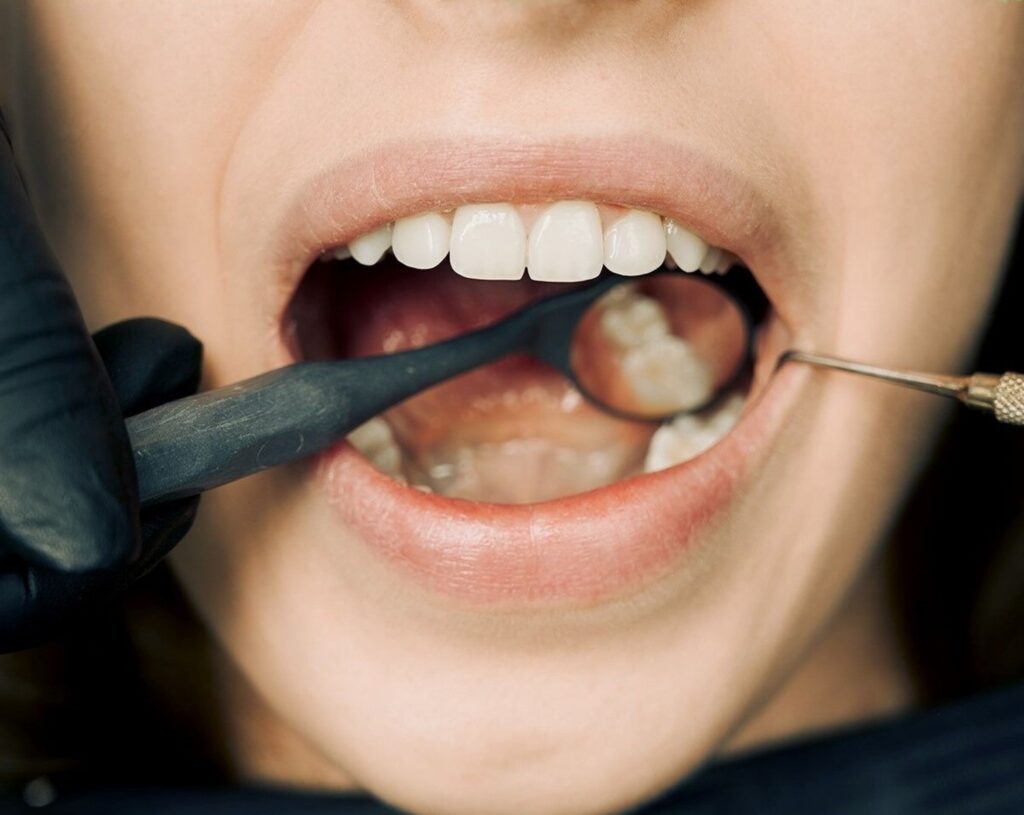
Improving website speed and mobile optimization
Website speed and mobile optimization are crucial factors in local SEO success. Follow these steps to improve your website’s performance:
Minimize website loading time
A slow loading website frustrates visitors and negatively impacts user experience. Optimize your website’s loading time by minimizing file sizes, enabling compression, and utilizing caching techniques. This ensures that your dental website loads quickly across different devices and improves your chances of ranking higher in local search results.
Optimize images for faster loading
Images play a crucial role in making your dental website visually appealing, but large and uncompressed images can slow down your website. Optimize your images by compressing them without sacrificing quality. This reduces the file size and allows your website to load faster on both desktop and mobile devices.
Use responsive design for mobile-friendly experience
Given the increasing number of mobile users, it’s essential to design your dental website with a responsive layout. Responsive design dynamically adjusts the layout and content based on the user’s device, providing a seamless and optimized experience on smartphones and tablets. This improves user engagement and helps your website rank higher in local search results.
Utilize AMP (Accelerated Mobile Pages) for faster mobile loading
Implementing AMP on your dental website can further enhance mobile optimization. AMP is a web development framework that creates lightweight and fast-loading versions of your web pages specifically designed for mobile devices. By utilizing AMP, you can deliver a lightning-fast mobile experience and boost your chances of appearing in mobile search results.
By prioritizing website speed and mobile optimization, you can create a positive user experience and improve your dental website’s visibility in local search results.
Leveraging local business listings
Optimizing your local business listings is a crucial step for dental SEO success. Here’s how to make the most of these listings:
Claim and verify Google My Business listing
Google My Business (GMB) is a free tool provided by Google that allows you to manage your business’s online presence. Claim and verify your GMB listing to gain control over the information that appears in search results and on Google Maps. This helps potential patients find accurate and up-to-date information about your dental practice.
Optimize Google My Business profile
Once you’ve claimed your GMB listing, optimize your profile by providing detailed and accurate information about your dental practice. Include your NAP, business hours, website URL, services offered, and high-quality images. Encourage patients to leave reviews on your GMB profile to further enhance your local SEO efforts.
Utilize local online directories and citation websites
Local online directories and citation websites, such as Yelp, Bing Places, and Yellow Pages, provide additional opportunities to showcase your dental practice. Claim and optimize your listings on these platforms to ensure consistent NAP information and increase your visibility in local search results.
Ensure consistent NAP (Name, Address, Phone number) across listings
Consistency is key when it comes to your business’s NAP information across various online listings. Ensure that your dental practice’s name, address, and phone number are consistent across all listings and directories. Inconsistencies can confuse search engines and potential patients, negatively impacting your local SEO efforts.
By leveraging local business listings, you can improve your online visibility and attract more local patients to your dental practice.
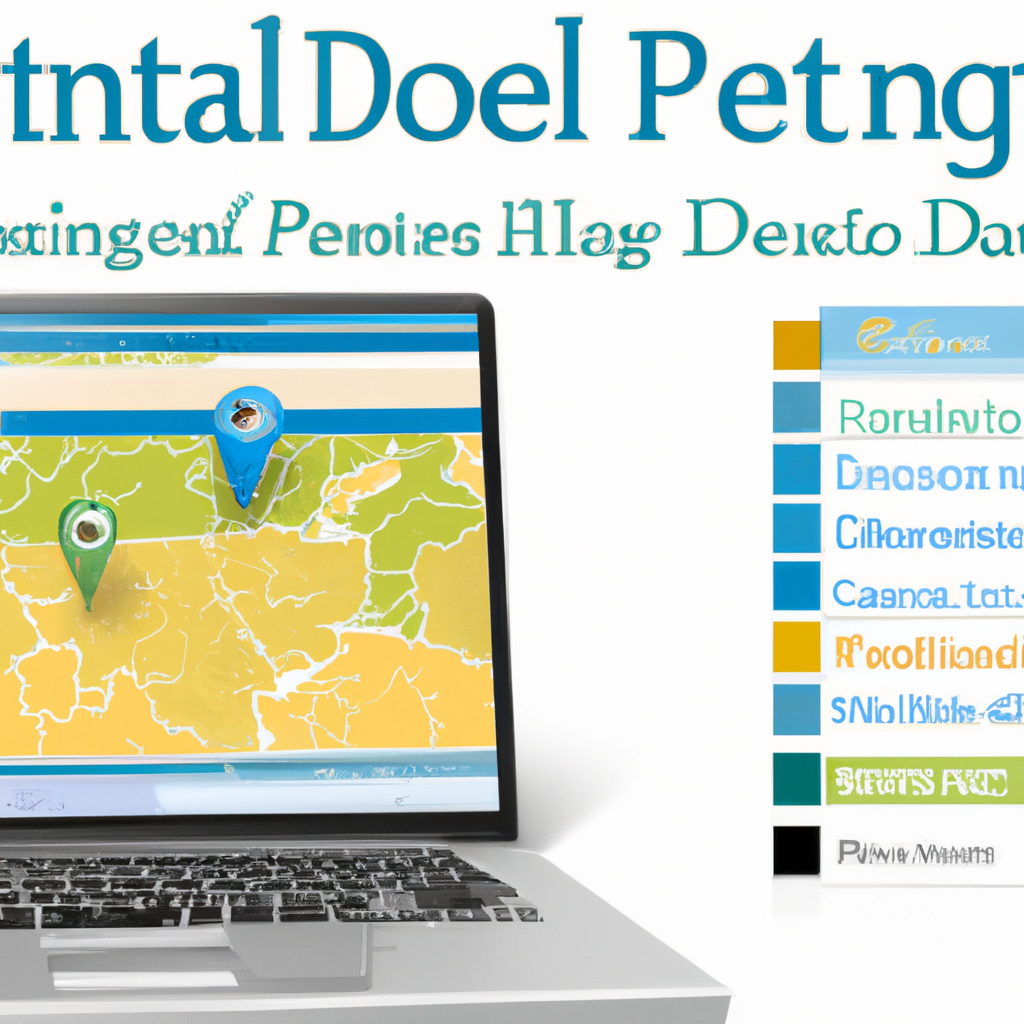
Encouraging online reviews and testimonials
Online reviews and testimonials play a crucial role in local SEO for dental websites. Here’s how to encourage positive reviews and testimonials:
Implement a review generation strategy
Encourage your satisfied patients to leave reviews and ratings on platforms like Google My Business, Facebook, and Yelp. Implement a review generation strategy by asking for reviews after appointments, sending personalized follow-up emails, or providing incentives for leaving feedback. Positive reviews not only boost your local SEO efforts but also help build trust with potential patients.
Respond to reviews promptly and professionally
Responding to reviews, both positive and negative, shows that you value patient feedback and are committed to providing quality care. React promptly and professionally to all reviews, thanking patients for positive feedback and addressing any concerns raised in negative reviews. This demonstrates your commitment to patient satisfaction and can help improve your online reputation.
Embed positive reviews on website
To further showcase your positive online reviews, embed them on your dental website. Highlight testimonials from satisfied patients to build trust and credibility among potential patients. Including these reviews on your website can also improve the visibility and search engine rankings of your dental practice.
Utilize reputation management tools
Consider utilizing reputation management tools to simplify the process of monitoring and managing online reviews. These tools can help you track and respond to reviews across multiple platforms, allowing you to stay on top of your online reputation and make meaningful improvements based on patient feedback.
By encouraging online reviews and testimonials, you can enhance your local SEO efforts and establish a positive online reputation for your dental practice.
Utilizing social media for local engagement
Social media platforms provide excellent opportunities for local engagement and can significantly impact your dental practice’s local SEO. Here’s how to leverage social media effectively:
Create and optimize social media profiles
Create social media profiles on platforms like Facebook, Instagram, and Twitter to reach and engage with your local audience. Optimize your profiles by including accurate contact information, your website URL, and a compelling description of your dental practice. This ensures consistency across all your online profiles and helps potential patients find and connect with you easily.
Post engaging dental content
Share informative, engaging, and visually appealing dental content on your social media platforms. Post articles, blogs, images, videos, and infographics that educate and entertain your audience. By providing valuable content, you can attract and retain followers, increase social media engagement, and expand your local reach.
Interact with local audience through comments and messages
Engage with your local audience by responding to comments, messages, and inquiries promptly and professionally. Encourage conversation, answer questions, and show genuine interest in the concerns and needs of your followers. This builds relationships, fosters patient trust, and enhances your local SEO efforts by increasing brand visibility and engagement.
Utilize paid social media advertising for local targeting
Paid social media advertising allows you to target a specific local audience and promote your dental services effectively. Utilize targeting options, such as location, demographics, and interests, to reach potential patients within your area. By investing in paid social media advertising, you can increase brand awareness, attract new patients, and boost your local SEO efforts.
By utilizing social media platforms strategically, you can strengthen your local presence, engage with your local audience, and enhance your dental website’s search engine visibility.
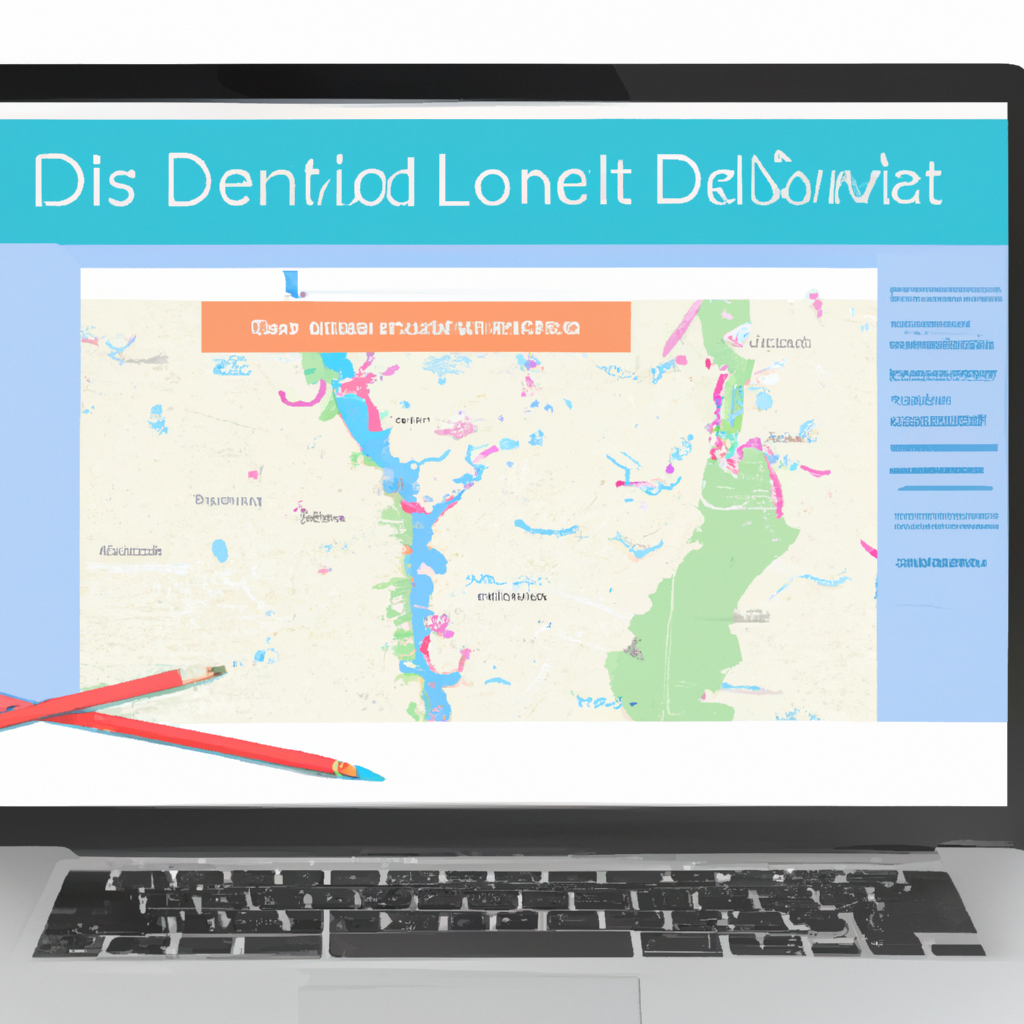
Building backlinks with local relevance
Building backlinks from reputable and locally relevant sources can significantly impact your local SEO efforts. Here’s how to go about it:
Identify local websites and organizations
Identify local websites, organizations, and directories that are relevant to the dental industry. Look for opportunities to contribute guest blog posts, offer expert advice, or collaborate on projects. By building relationships with local entities, you can earn valuable backlinks and enhance your dental website’s local search rankings.
Create valuable and shareable content
Produce high-quality and shareable content that other websites and blogs would want to link to. This could include informative blog posts, research studies, or dental infographics. By creating valuable content that stands out, you increase the chances of other websites linking back to your dental website, thereby improving your local search visibility.
Reach out to local influencers and bloggers
Identify local influencers, bloggers, and social media personalities who have an audience that aligns with your target demographic. Reach out to them and propose collaboration opportunities, such as guest blogging or social media partnerships. By leveraging their platforms, you can earn backlinks from local sources and enhance your local SEO efforts.
Participate in local events and sponsorships
Participating in local events, sponsoring community initiatives, or supporting local organizations provides opportunities to build relationships and earn backlinks. Contribute to charity events, dental health fairs, or local fundraising campaigns, and ask for recognition and backlinks on event websites or partner organization websites. This not only benefits local causes but also boosts your local SEO efforts.
By actively building backlinks with local relevance, you can improve your dental website’s authority, credibility, and local search rankings.
Monitoring and analyzing performance
To ensure continuous improvement and track the success of your local SEO efforts, it’s important to monitor and analyze performance. Here’s what you need to do:
Set up Google Analytics for website tracking
Set up Google Analytics for your dental website to track key metrics, such as website traffic, user behavior, and conversions. Monitor these metrics regularly to understand how your website is performing, identify areas for improvement, and make data-driven decisions to enhance your local SEO strategy.
Monitor local SEO ranking
Regularly monitor your local SEO ranking to assess your visibility in local search results. Track your rankings for relevant local keywords and phrases and analyze any fluctuations. By staying on top of your rankings, you can identify trends, opportunities, and areas where improvements are needed.
Analyze website traffic and user behavior
Use Google Analytics or other analytics platforms to analyze your website’s traffic and user behavior. Gain insights into how visitors interact with your website, which pages they spend the most time on, and where they drop off. This data can highlight areas of improvement and guide your content creation and website optimization efforts.
Make data-driven adjustments for continuous improvement
Based on your performance analysis, make data-driven adjustments to your local SEO strategy. Optimize underperforming pages, refine keyword targeting, improve user experience, and address any issues identified. By consistently making adjustments based on data, you can maximize the effectiveness of your local SEO efforts and drive more local traffic to your dental website.
By monitoring and analyzing performance, you can identify areas of improvement and make data-driven adjustments that lead to continuous improvement in your local SEO strategy.
In conclusion, optimizing your dental website for local SEO is crucial for attracting and retaining local patients. By following the strategies outlined in this article, including optimizing website structure, utilizing relevant keywords, optimizing on-page elements, creating high-quality and localized content, improving website speed and mobile optimization, leveraging local business listings, encouraging online reviews and testimonials, utilizing social media for local engagement, building backlinks with local relevance, and monitoring and analyzing performance, you can enhance your online presence, attract more local patients, and achieve local SEO success for your dental practice. So, implement these techniques and watch your dental website climb the rankings and generate more local leads!

